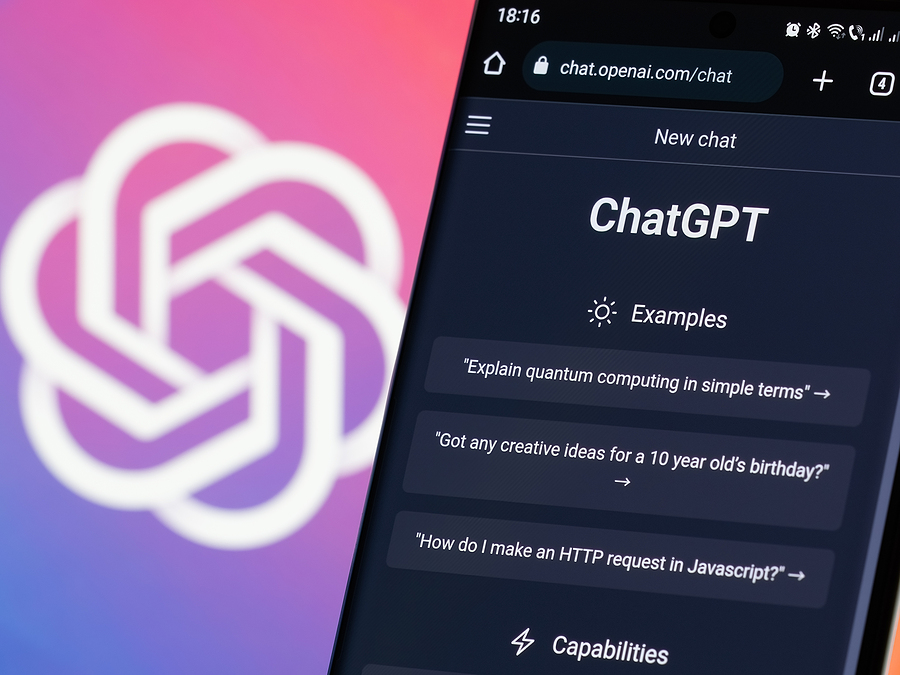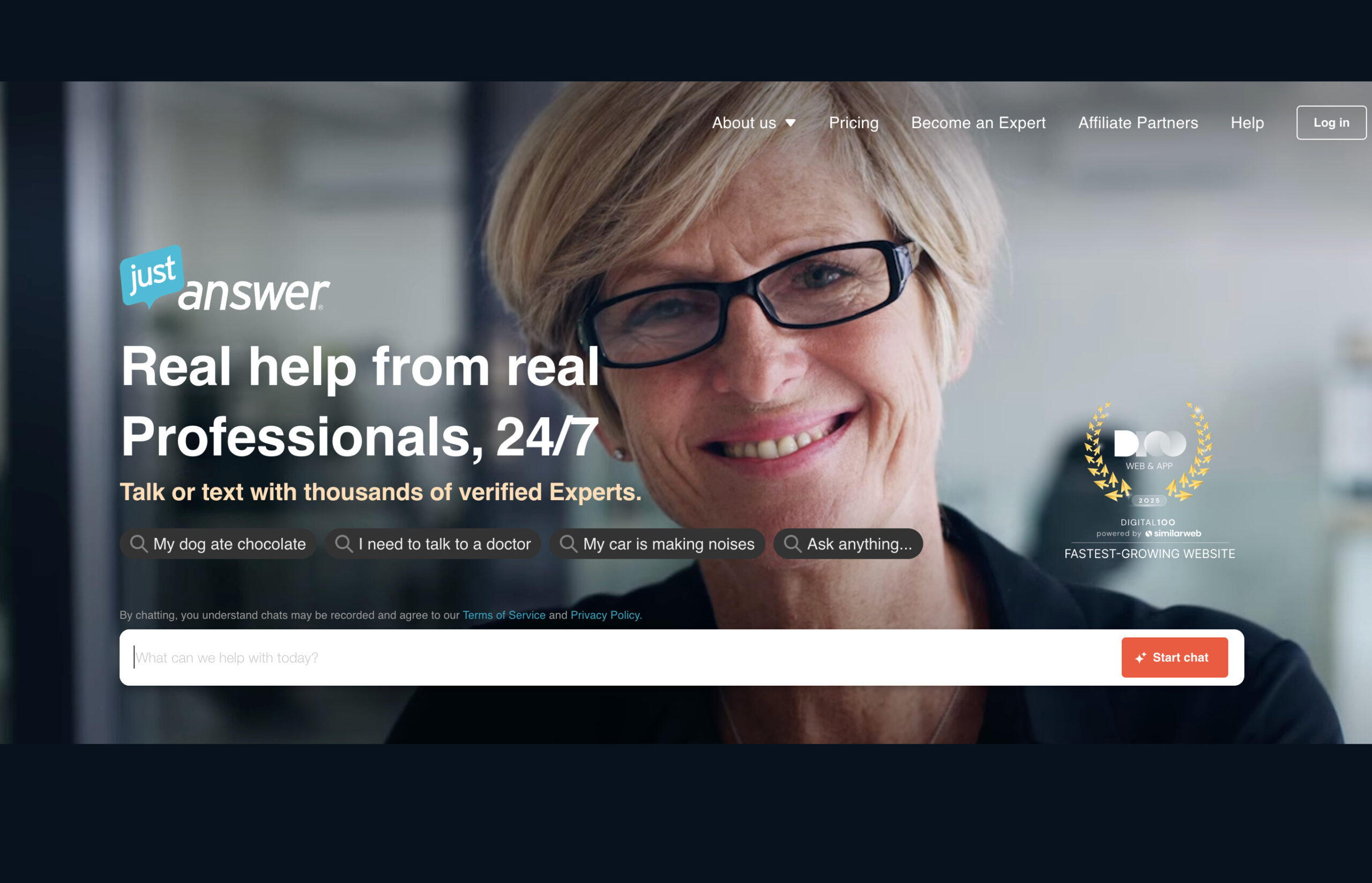
Trial Offers: Four Questions to Consider Before You Offer Them
Lorem ipsum dolor sit amet, consectetur adipiscing elit. Ut elit tellus, luctus nec ullamcorper mattis, pulvinar dapibus leo.
Subscription trial offers are often the most debated and discussed topic at a subscription business. Opinions range from offering a free trial, a paid trial to no trial at all. The important thing to remember is, no matter how much experience you or anyone else has on your team, no one has the experience and data on current products and prospective customers to know the perfect answer. Typically, surveying customers on what your offer price and the package does not yield accurate results becaus...
HELLO!
This premium article is exclusively reserved for Subscription Insider PRO members.
Want access to premium member-only content like this article? Plus, conference discounts and other benefits? We deliver the information you need, for improved decision-making, skills, and subscription business profitability. Check out these membership options!
Learn more about Subscription Insider PRO memberships!
Already a Subscription Insider PRO Member?
Please Log-In Here!








